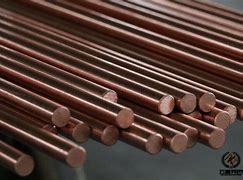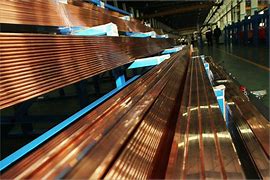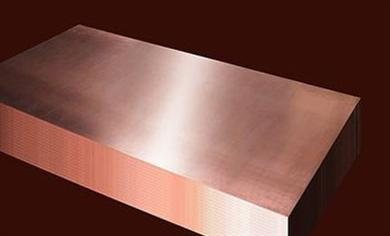**Keep Your Copper Pipes Shiny: Simple Tricks to Stop Oxidation in Its Tracks**
(How To Prevent Copper Pipe Oxidation)
Copper pipes are tough, but they have a sneaky enemy: oxidation. That greenish-blue gunk? That’s oxidation saying hello. Left unchecked, it can weaken pipes, cause leaks, and turn your plumbing into a science project. Let’s talk about how to fight back without needing a chemistry degree.
**KNOW YOUR ENEMY: WHAT IS OXIDATION?**
Oxidation happens when copper meets oxygen and water. Think of it like rust on a bike, but for pipes. Air and moisture team up to create a chemical reaction, leaving behind that crusty patina. While a little oxidation isn’t the end of the world, too much can eat through the metal. Your goal? Cut off oxygen and water before they throw a party on your pipes.
**KEEP THINGS DRY: WATER IS THE CULPRIT**
Water speeds up oxidation. Fix leaks fast—even a tiny drip matters. Wipe down pipes in damp areas like basements or under sinks. Use a dry cloth to remove condensation. If your pipes sweat like a gym sock in summer, wrap them with insulation foam. This blocks moisture and keeps the surface dry.
**CONTROL HUMIDITY: DON’T LET AIR GET STALE**
Humid air feeds oxidation. Bathrooms, kitchens, and laundry rooms are danger zones. Use exhaust fans to push damp air outside. Open windows for fresh airflow. A dehumidifier works wonders in closed spaces. Aim for humidity levels below 50%—your pipes (and your walls) will stay happier.
**CLEAN GENTLY: SCRUB SMART, NOT HARD**
Dirt and grime trap moisture. Clean pipes every few months with a mix of mild soap and warm water. Avoid harsh chemicals like bleach—they can strip protective coatings. For stubborn spots, mix baking soda and vinegar into a paste. Scrub gently with a soft cloth. Rinse well and dry completely.
**APPLY A PROTECTIVE COATING: SHIELD THE SURFACE**
Give pipes a armor layer. After cleaning, rub on a thin coat of wax or specialized pipe sealant. Car wax works surprisingly well. It fills tiny scratches and blocks air contact. For extra defense, spray pipes with a clear lacquer designed for metal. Reapply every year or after heavy cleaning.
**CHECK FOR DAMAGE: CATCH PROBLEMS EARLY**
Inspect pipes regularly. Look for greenish stains, pitting, or rough spots. Touch the surface—if it feels gritty, oxidation is brewing. Use fine sandpaper to buff away minor corrosion. If damage is deep, replace the section before leaks start. Don’t wait until your ceiling has a new water feature.
**WATCH WHAT TOUCHES THE PIPES: NO BAD NEIGHBORS**
Some materials speed up oxidation. Keep steel wool, harsh cleaners, or acidic substances (like vinegar long-term) away from copper. Even dissimilar metals, like iron fittings, can trigger reactions. Use plastic or brass connectors instead.
**CALL IN THE PROS WHEN NEEDED: DON’T GUESS**
If pipes look like a moldy cheese experiment, get help. Plumbers can spot hidden issues, apply professional-grade coatings, or recommend replacements. Sometimes DIY isn’t enough—and that’s okay.
(How To Prevent Copper Pipe Oxidation)
Copper pipes last decades if treated right. Stay dry, stay clean, and stay ahead of the green. Your pipes will thank you!
Inquiry us
if you want to want to know more, please feel free to contact us. (nanotrun@yahoo.com)



